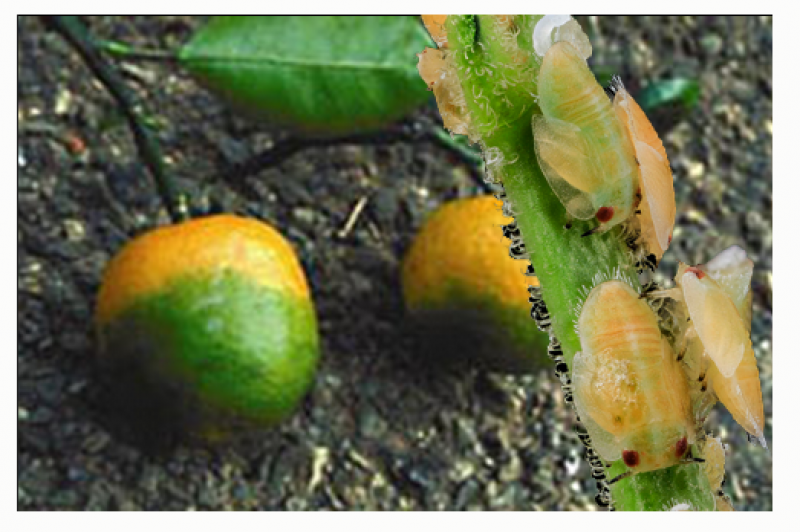 The USDA is making a major investment in a biotechnology strategy to combat citrus greening disease, or Huanglongbing (HLB), the devastating disease that has ravaged the country s citrus industry and has already cost as many as 8,000 jobs and more than $4 billion in crop damage.
The USDA is making a major investment in a biotechnology strategy to combat citrus greening disease, or Huanglongbing (HLB), the devastating disease that has ravaged the country s citrus industry and has already cost as many as 8,000 jobs and more than $4 billion in crop damage.
On February 9, 2015, Agriculture Secretary Tom Vilsack announced $30 million in funding for more than 20 short and long-term projects to slow the disease. One of the USDA s largest grant recipients is the University of California-Davis, which received a $4.58 million grant to bolster the work of plant pathologist Bryce Falk. Falk is one of the public sector scientists leading the effort to use RNAi technology, also called gene silencing, to combat the disease. Using RNA technology, researchers are trying to identify specific gene sequences unique to the Asian citrus psyllid that spreads the disease. The goal, as described in The Packer, is to develop materials to be applied to citrus trees that will arm the trees against the disease vector. In addition to RNAi, scientists are exploring several other biotech approaches to combat citrus greening. For a more comprehensive look at biotech efforts, see the 2013 New York Times story A Race to Save the Orange By Altering Its DNA, and a recent column in the Pensacola News Journal, GM Orange Juice May Be The Answer. I ll happily drink transgenic orange juice if saves a large portion of Florida s economy and is not harmful to us, Linda Davis writes.
